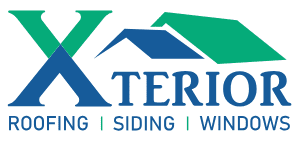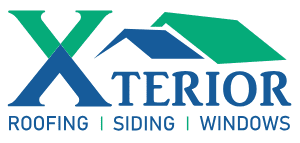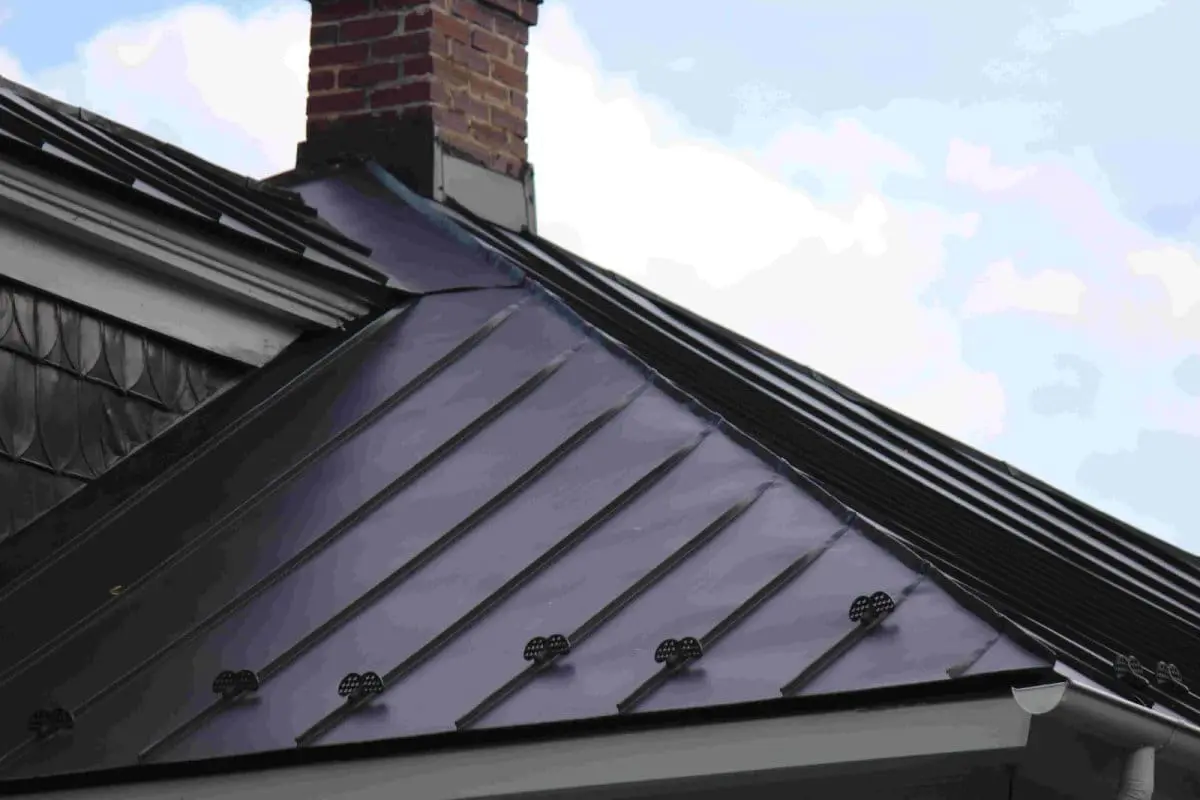Concerned about structural damage to your roof? This guide will show you how to identify, assess, and repair structural damage on your roof, preventing costly future issues.
Key Takeaways
- Identifying and promptly addressing roof structural damage, such as missing shingles or water stains, through both exterior and interior inspections is crucial to prevent extensive and expensive repairs.
- Proper preparation for roof repairs includes ensuring safety, gathering necessary tools and materials, and reinforcing weak areas to maintain the roof’s structural integrity.
- Regular maintenance, including inspections, ventilation, drainage, and trimming overhanging branches, helps prevent future roof damage and extends the roof’s lifespan.
Identifying Structural Damage
The process of identifying structural damage on your roof requires detailed inspections inside and outside your home. Begin by looking for visible signs of damage or deterioration on the roof surface. Common indicators include:
- Missing or damaged shingles
- Dark spots
- Streaks
- Excessive moss or algae growth
These signs suggest that the shingles no longer provide adequate protection and may require roof repair.
Leaks in the attic, around vents, chimneys, and skylights are common indicators of roof damage. Dark spots or streaks on the roof can indicate a leak or water damage, which needs to be addressed promptly to prevent further damage.
If you notice any of the following signs, it may be time to consider roof repairs:
- Visible damage to shingles
- Water stains on ceilings or walls
- Unexplained mold or mildew growth
- Higher-than-usual energy bills
These signs can indicate potential issues that need attention, such as a leaky roof.
Leaks can result from damaged or missing shingles, which can diminish the roof’s overall effectiveness in safeguarding your home from the elements. Timely detection plays a pivotal role in averting expensive repairs and preserving the structural integrity of your roof.
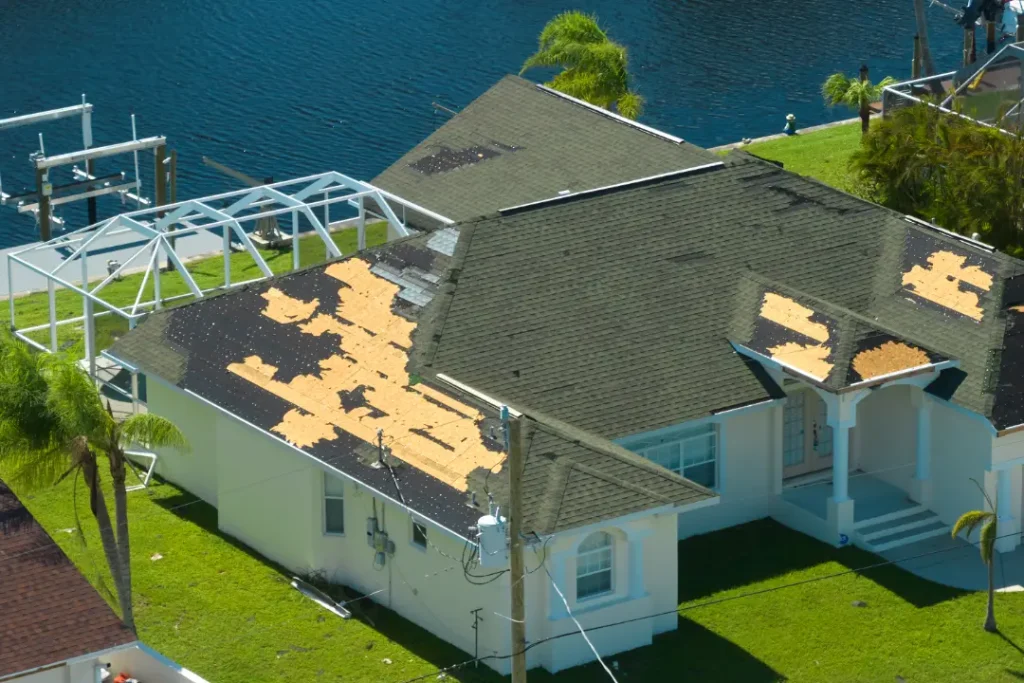
Common Signs of Roof Structural Issues
A sagging roof is a typical sign of roof structural issues, signaling potential problems that could jeopardize the safety of your home. Water stains and dark spots or streaks on the roof often suggest potential leaks or water damage, requiring prompt action to prevent further deterioration.
Mold growth on the roof can indicate trapped moisture and poor ventilation, which can deteriorate the roof structure and affect indoor air quality.
Broken or missing shingles are a frequent issue that can lead to further roof damage by exposing the underlying materials to the elements. Additionally, granules collected at the base of downspouts or inside gutters signify a roof losing its protective layer, indicating the need for an inspection by a professional roofing contractor.
Early identification of these issues is key to avoiding extensive damage and expensive repairs.
Assess the Extent of the Damage
Start by conducting interior and exterior inspections to evaluate the extent of the roof damage. It’s crucial to attend to any roof damage promptly, no matter how minor it may seem, to prevent small problems from turning into major ones.
Look for dark streaks or spots, as well as extensive moss or algae growth, as these are signs of potential leaks or water damage that require closer inspection of your property. When assessing and repairing roof damage, it is essential to remove damaged materials to ensure effective repairs and prevent further issues.
Preparing for Roof Structural Repairs
To prepare for roof structural repairs, follow these steps:
- Ensure safety by clearing the work site of debris and obstacles to create a safe working environment.
- Assemble necessary equipment for the repair process.
- Safeguard the property by relocating items like cars and plants to prevent accidental damage during the repairs.
Following this, make sure you have all the necessary tools and materials. It’s important to choose the right roofing materials based on the type of roof, the climate, and your budget to ensure effective repairs. Using high-quality materials is essential for the longevity of the repairs and the structural integrity of the roof.

Safety Precautions Before Starting Repairs
Ensuring safety is always paramount when undertaking roof repairs. Here are some important safety measures to follow:
- Wear safety gear like gloves, goggles, and sturdy footwear to protect against injuries.
- Ensure stable footing on the roof and use ladders and scaffolding properly to prevent falls during roof repair work.
- Clear the work area of any debris and obstacles to prevent accidents during repairs.
Adhering to these safety precautions safeguards you while also facilitating efficient and timely repairs. Regular inspections and maintenance help identify any potential hazards early, allowing you to address them before they become significant issues.
Gather the Necessary Tools and Materials
Assembling the required tools and materials is important in preparing for roof repairs. Basic tools such as hammers, roofing nails, and shingles are often sufficient for minor repairs.
However, you may need specialized equipment and high-quality materials for more extensive repairs to ensure durability and effectiveness.
You should replace damaged roofing materials with high-quality options and seal them properly to ensure longevity. Using roofing cement around the edges of shingles can provide extra hold, keeping them in place and preventing future issues. Proper preparation with the right tools and materials sets the stage for successful roof repairs.
Step-by-Step Guide to Repairing Structural Damage
Adopting a systematic approach to repairs guarantees coverage of all roof aspects, from fortifying weak spots to replacing damaged materials and sealing the roof for future protection, including the possibility of a complete or partial roof replacement.
Restoring the integrity of your roof through structural repairs involves the following vital steps:
Reinforcing Weak Roof Areas
It is crucial to fortify your roof’s weak areas to maintain its structural integrity. Additionally, nailing down loose shingles can secure them and prevent them from blowing away during storms.
Installing hurricane clips or tie-downs can also prevent the roof from being lifted off during strong winds. These reinforcements are particularly important in areas prone to severe weather conditions as they provide extra protection and stability to your roof.
Replacing Damaged Shingles and Decking
When replacing damaged shingles and decking, it’s important to handle the process carefully to prevent further damage to the structure. Begin by carefully removing the damaged shingles, making sure not to harm the surrounding areas. Once the damaged shingles are removed, install new shingles and decking using high-quality materials.
This will ensure durability and resistance to future damage. Proper installation and sealing are crucial to maintaining the roof’s integrity and preventing future leaks and water damage.
Sealing and Waterproofing
Sealing and waterproofing the repaired areas are essential steps to ensure the structural integrity of the roof. Use high-quality flashing and sealants to prevent future leaks and water damage. It is important to seal around vents, pipes, and other roof penetrations to maintain the roof’s health. This helps prevent potential leaks and ensures the longevity of
Proper sealing and waterproofing protect your roof, enhancing its longevity and performance.
Preventive Measures to Avoid Future Damage
Averting future roof damage entails regular inspections and maintenance, appropriate ventilation and drainage, as well as pruning overhanging branches. These measures help extend the roof’s lifespan and prevent major issues from developing.
Areas with harsh weather require regular inspections, as they can help identify issues and maintain the integrity of the roof. Implementing these preventive measures can save you from costly repairs and ensure your roof remains in good condition.
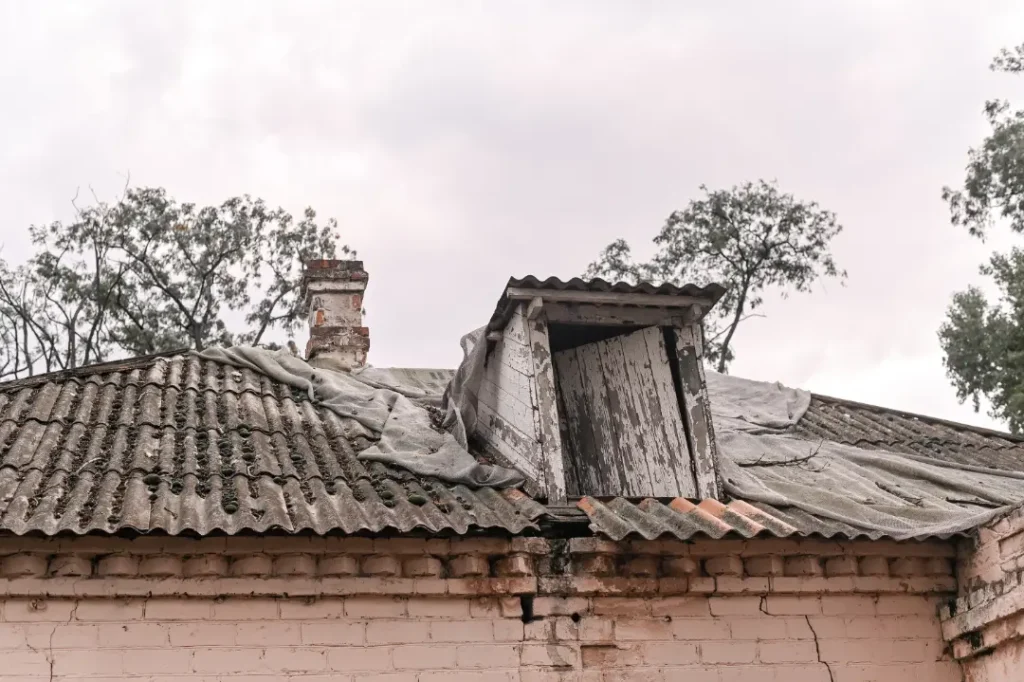
Regular Inspections and Maintenance
Arranging for routine roof inspections and maintenance is essential to identify and address minor issues before they escalate into major problems. It is advisable to schedule a roof inspection at least annually to detect any potential issues early on.
Additionally, after experiencing severe weather conditions such as hailstorms or heavy snowfall, it is important to also have your roof inspected for any damage. Seasonal roof checks are recommended to inspect for damage, excessive wear, and missing shingles.
Routine inspections by roofing professionals help maintain a safe environment by addressing potential structural issues. Regular maintenance helps maintain the property value.
Ensuring Proper Ventilation and Drainage
appropriate ventilation and drainage in your attic is key to averting structural damage and enhancing energy efficiency. Adequate attic ventilation throughout the year helps prevent heat damage and mold growth while also lowering cooling costs in the summer.
In the winter, proper attic ventilation helps to combat ice dam formation on the roof, preventing potential structural issues. Regular cleaning of gutters and downspouts prevents water buildup and roof damage.
Trimming Overhanging Branches
Pruning overhanging branches is necessary to reduce shade, moisture, and potential damage during storms. Tree limbs should be maintained at least 10 feet away from the roof to prevent damage during storms.
Removing overhanging branches also reduces the risk of rot and moss growth by minimizing shade and moisture.
Choose Xterior LLC Professional Roofing Services Today
At Xterior LLC, we provide professional roofing services that include comprehensive roofing solutions, high-quality materials, and emergency tarping services. Our team utilizes the latest technology and materials to ensure that each roofing project meets the highest standards. As a leading roofing and exterior home services company based in North Carolina, we are committed to offering roofing solutions that combine quality, durability, and affordability. Contact us today to get a free estimate.
We Offer Comprehensive Roofing Solutions
Xterior LLC offers a seamless restoration process, handling everything from minor roof repairs and new installations to full replacements to protect your building. We use only the best materials and solutions for each specific situation, increasing durability and resistance to weather elements and ensuring the best outcome for all clients.
Our comprehensive approach to home exterior services includes free estimates for roof replacements and financing options.
Xterior LLC proudly serves a variety of locations throughout North Carolina, including High Point, Wilmington, and the surrounding areas. Our team is experienced in addressing the unique weather challenges faced by homeowners in these regions, offering reliable and tailored roofing solutions. Schedule your consultation today to get started.
Summary
Maintaining the structural integrity of your roof is vital for safeguarding your home and avoiding costly repairs. By identifying and addressing structural damage early, preparing properly for repairs, and following a systematic repair process, you can extend the lifespan of your roof and ensure it continues to protect your home effectively. Regular inspections, proper ventilation, and preventive measures like trimming overhanging branches are key to preventing future damage.
Xterior LLC offers comprehensive roofing services, utilizing high-quality materials and providing expert advice to address any roofing needs. Our customer-focused approach makes us a reliable partner for maintaining a healthy roof. Investing in professional roofing services can save you time, money, and stress in the long run.
Frequently Asked Questions
What are the common signs of structural issues with the roof?
Common signs of roof structural issues include sagging roofs, water stains, dark spots, mold growth, and broken or missing shingles. If you notice any of these, it’s important to have your roof inspected as soon as possible.
How often should I have my roof inspected?
You should have your roof inspected at least once a year and after major weather events such as hailstorms or heavy snowfall in order to ensure its integrity and identify any potential issues.
What tools and materials are needed for roof repairs?
For minor repairs, you’ll need basic tools like hammers, roofing nails, shingles, flashing, and sealant. Specialized equipment and high-quality materials are required for more extensive repairs.
How can I prevent future roof damage?
To prevent future roof damage, it’s important to schedule regular inspections, maintain proper ventilation and drainage, and trim overhanging branches. These measures can help avoid potential issues and prolong the lifespan of your roof.
What services does Xterior LLC offer for roofing?
Xterior LLC offers comprehensive roofing solutions using high-quality materials for lasting satisfaction. We offer customized solutions tailored to North Carolina’s unique climate challenges.
Disclaimer:
The content in this blog is for informational purposes only and is intended to assist homeowners in understanding roofing, siding, windows, gutters, shutters, and general home improvements. Xterior LLC advises against attempting any of the tasks described here, as they require professional expertise. We do not assume liability for any injuries, damages, or losses resulting from DIY attempts. Always refer to the manufacturer of products for specific maintenance instructions.
By viewing this blog, you acknowledge and release Xterior LLC from any and all liability related to the use or misuse of the information provided.
Please note that Xterior LLC may not offer all the services discussed. Repairs, estimates, and inspections are priced based on availability, location, and time. All services, offerings, and prices are subject to change without notice.
For more information or to request services, please contact Xterior LLC directly.
